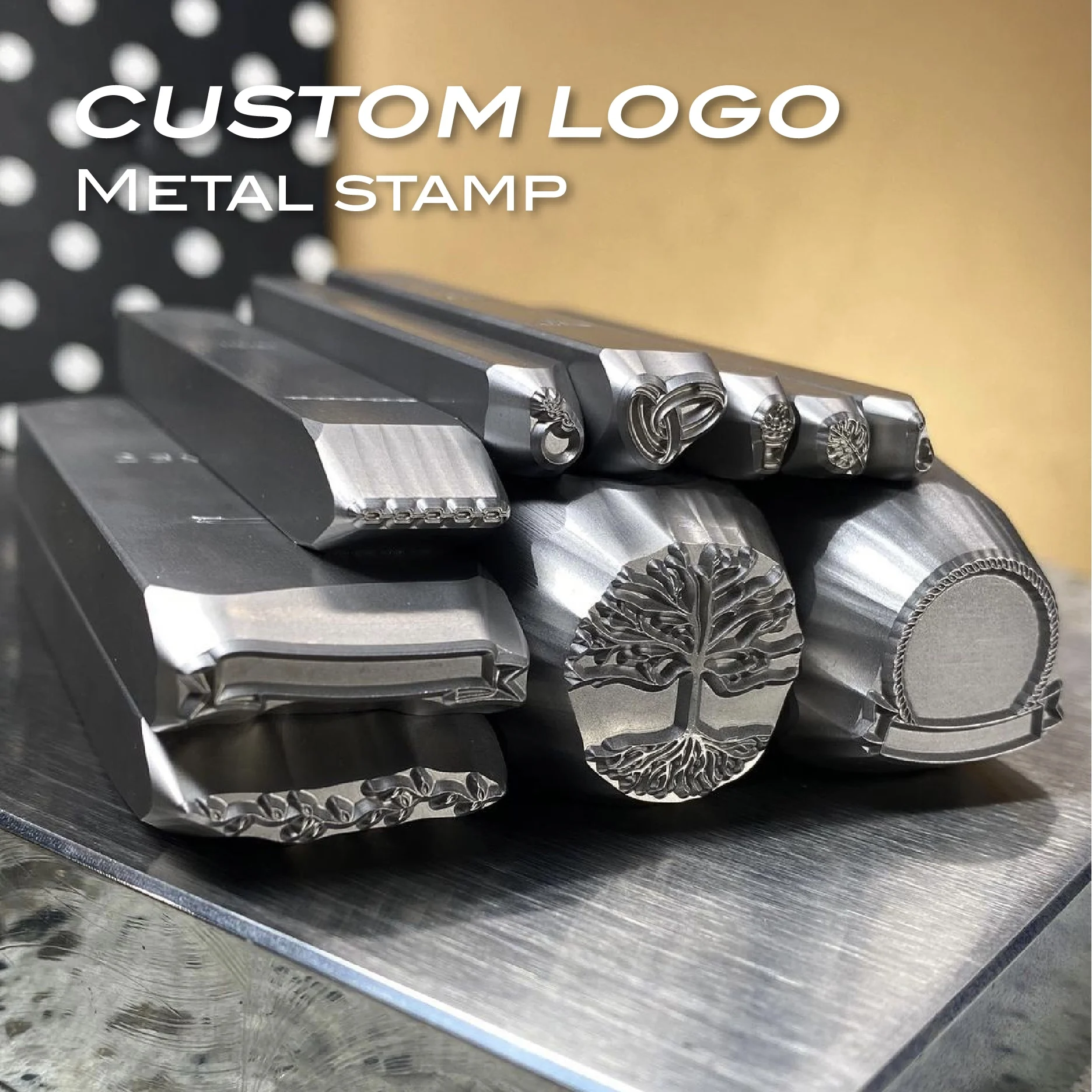Exactly How Metal Stamping is Reinventing the Automotive and Aerospace Industries
Exactly How Metal Stamping is Reinventing the Automotive and Aerospace Industries
Blog Article
The Evolution of Steel Marking Processes: Technologies and Applications
The world of steel marking procedures has actually seen a transformative trip marked by consistent advancement and adjustment to meet the demands of modern industrial practices. The applications cover across a spectrum of sectors, each profiting distinctively from the developments in metal marking procedures.
Typical Steel Marking Methods
Conventional steel marking strategies have long been the structure of producing processes in various industries due to their performance and precision. The procedure includes forming a metal sheet or coil right into a desired shape by pushing it in between a die and a punch. This method is commonly made use of for creating large amounts of get rid of high precision at a quick pace.
One of the key advantages of standard metal marking methods is the capability to preserve limited tolerances, guaranteeing that each part satisfies the required specs continually. This level of precision is vital in markets such as automobile, aerospace, and electronics, where even minor discrepancies can cause significant problems.
Moreover, traditional metal marking strategies supply economical solutions for mass production contrasted to other making techniques. The capability to stamp components in fast succession minimizes manufacturing time and minimizes labor expenses, making it an eye-catching option for businesses aiming to maximize their manufacturing processes.
Development of High-Speed Stamping

Among the crucial benefits of high-speed marking is its ability to keep accuracy and uniformity also at accelerated handling speeds. This accuracy is crucial in markets where tight resistances and elaborate styles are required. Additionally, high-speed marking enables for the handling of a wide variety of products, consisting of aluminum, stainless-steel, and copper, additional expanding its applicability across various markets.
Furthermore, the introduction of high-speed marking has allowed manufacturers to fulfill the growing demand for complicated components in sectors such as automobile, aerospace, and electronic devices (Metal Stamping). By leveraging the rate and precision of high-speed marking modern technology, business can boost their competitiveness in a quickly advancing market landscape
Innovations in Tooling Innovation
With the advancement of high-speed stamping allowing enhanced precision and efficiency in metal forming processes, the area of steel read the full info here marking has actually seen significant developments in tooling modern technology. Tooling technology plays a critical duty in metal stamping procedures, influencing variables such as item high quality, production speed, and general Look At This cost-effectiveness. One essential development in tooling modern technology is the development of intelligent tooling systems that include sensors and keeping an eye on gadgets to give real-time data on the stamping procedure. These systems can discover concerns such as device wear or misalignment, enabling prompt changes to maintain optimum efficiency.
By using these innovative materials, tooling producers can produce passes away and mold and mildews that hold up against the high stress and temperatures involved in metal stamping processes, resulting in longer tool life and improved production effectiveness. On the whole, these developments in tooling technology have actually revolutionized the steel marking sector, enabling producers to achieve greater levels of accuracy, productivity, and expense savings.
Integration of Automation in Stamping
As automation continues to reshape the landscape of steel marking processes, the combination of automated systems has actually come to be increasingly common in contemporary manufacturing facilities. Automated systems provide many benefits in steel stamping, including boosted performance, improved precision, and enhanced security. By including automation into stamping processes, manufacturers can decrease cycle times, decrease product waste, and maximize manufacturing throughput.
One of the essential components of automation in stamping is using robot arms for jobs such as material handling, part adjustment, and top quality examination (Metal Stamping). These robotic systems can perform recurring and labor-intensive jobs with speed and precision, releasing up human operators to concentrate on even more complicated procedures. Furthermore, automation permits real-time surveillance and adjustment of Get the facts stamping procedures, bring about greater overall process control and quality control
In addition, the combination of automation in marking makes it possible for makers to accomplish constant part quality, satisfy tight tolerances, and boost general efficiency. As technology proceeds to development, the duty of automation in metal stamping processes is anticipated to expand better, driving innovation and efficiency in the manufacturing market.
Applications Across Diverse Industries
Including steel stamping processes across diverse markets showcases the convenience and versatility of this production method. From vehicle to aerospace, electronic devices to medical devices, metal stamping plays a crucial duty in the manufacturing of a large range of components. In the vehicle sector, steel marking is made use of to develop complex parts such as body panels, chassis elements, and engine parts with high accuracy and effectiveness. The aerospace market relies on metal marking for producing light-weight yet sturdy parts for aircraft and spacecraft. In the electronic devices market, steel stamping is necessary for creating adapters, calls, and various other small parts with limited resistances. Clinical device producers use metal marking for developing specific elements like surgical instruments and implants. Furthermore, the home appliance sector benefits from metal marking processes to produce components for fridges, cleaning equipments, and various other household home appliances. The adaptability of steel stamping processes makes it a beneficial manufacturing strategy throughout various sectors, showing its relevance in modern manufacturing procedures.
Conclusion

Report this page